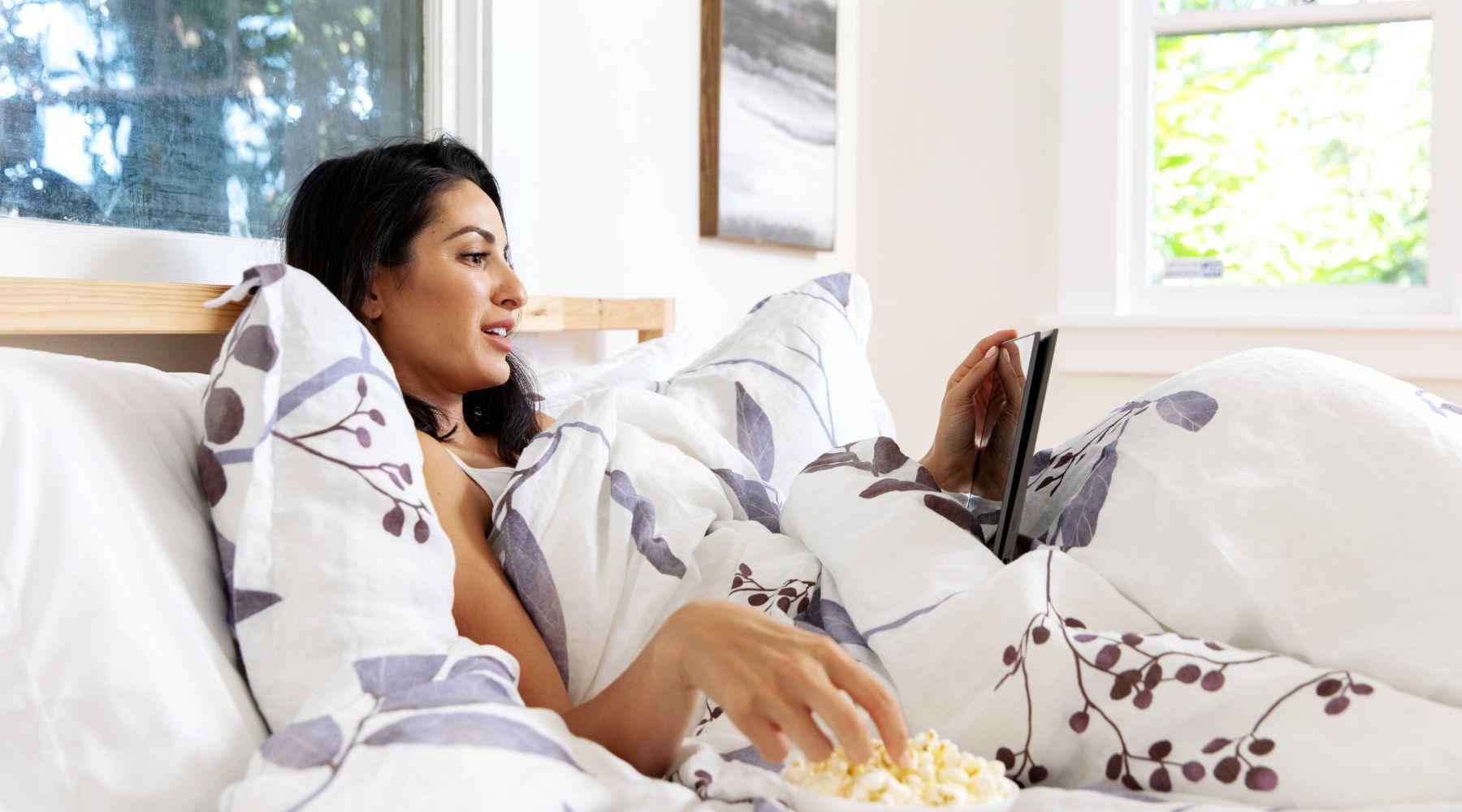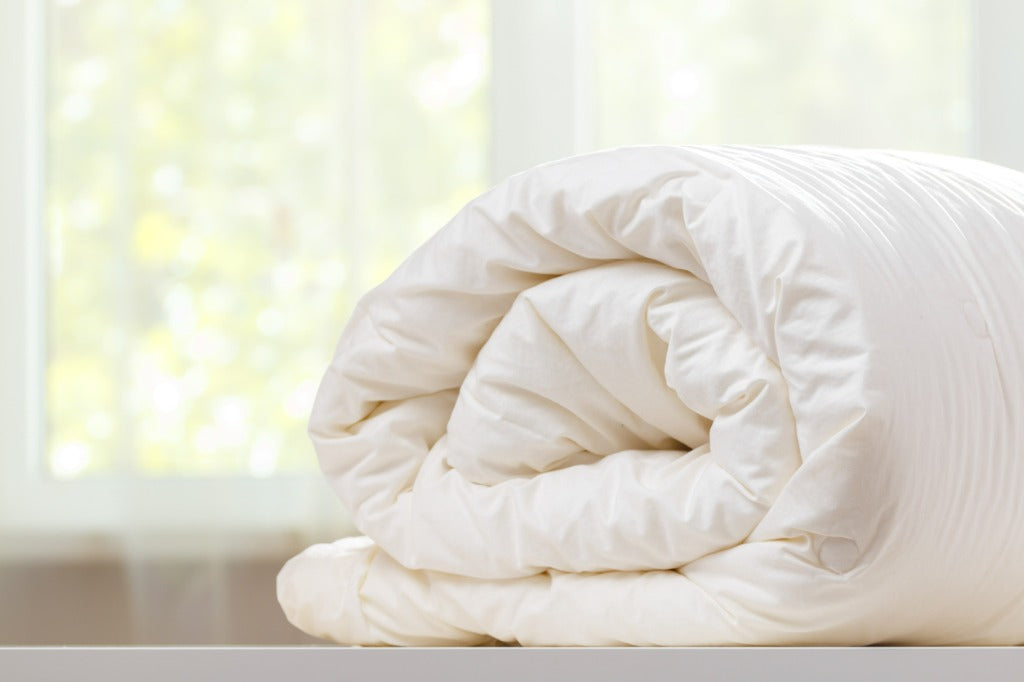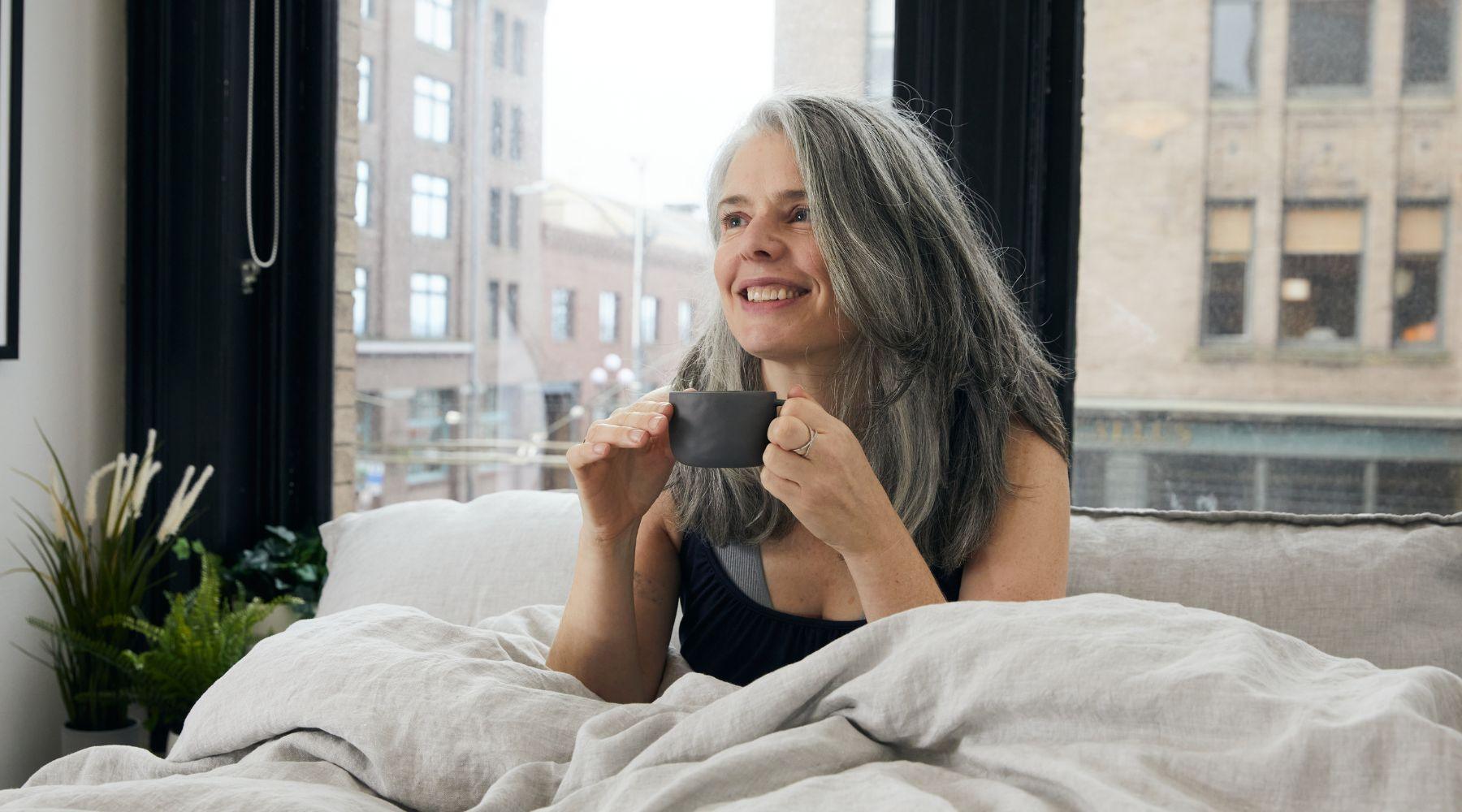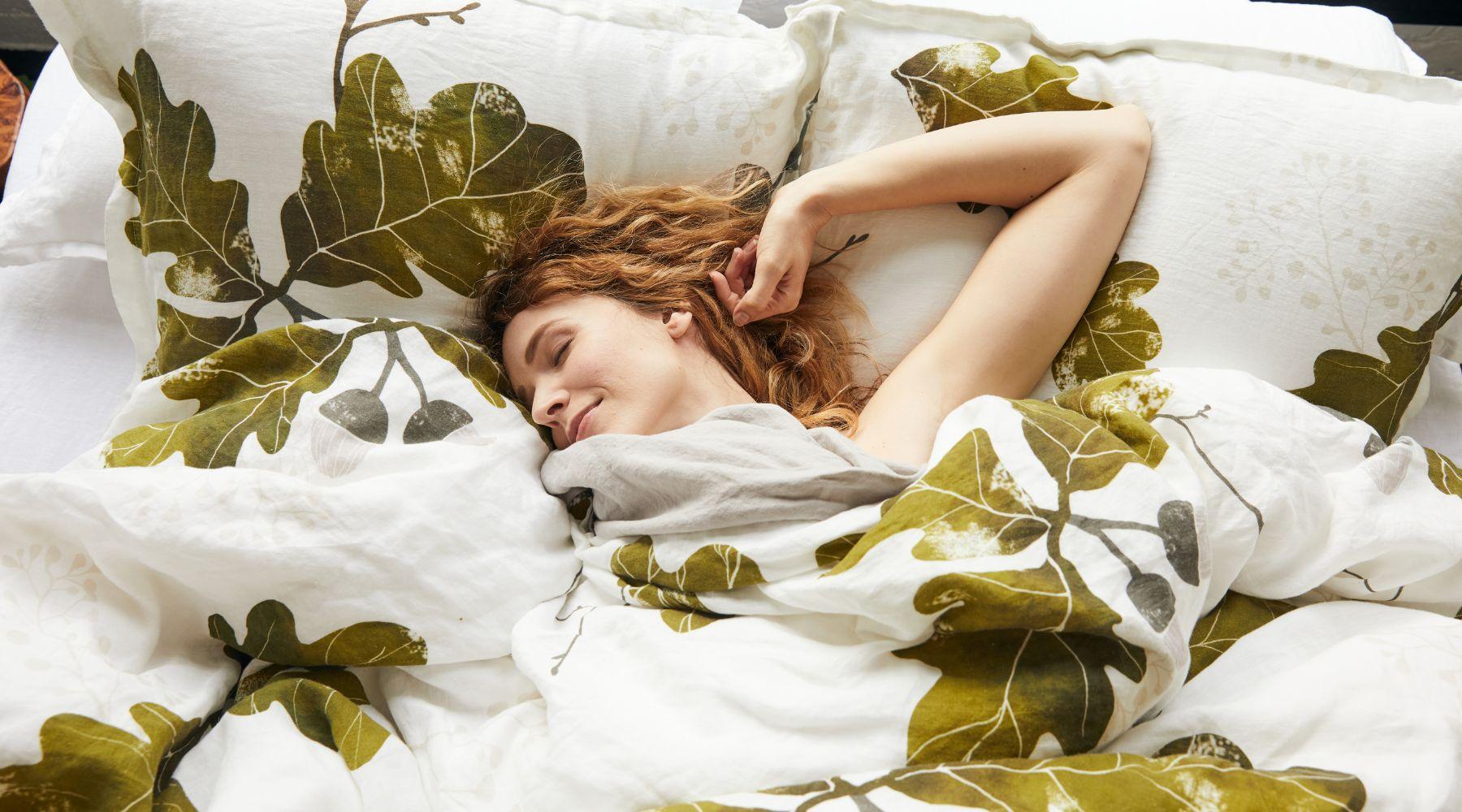
The Best Hygge Duvets
Creating a cozy and inviting bedroom starts with the bed itself, and a hygge duvet is a big part of that. See what makes a duvet hygge and how to identify the best hygge duvets for a serene, peaceful night's sleep.
Hygge—for those who somehow missed the hygge-mania of 2016—is a Danish lifestyle concept that roughly translates to “coziness.” It evokes a sense of comfort, warmth, safety, and togetherness. Hot drinks, candles, cinnamon pastries, a squashy armchair: these things are all hygge. Hygge involves all five senses:
- Sight (soft lighting, natural colors)
- Sound (gentle music, nature sounds)
- Taste (sweet drinks and cakes, savory stews)
- Smell (nostalgic scents, the smells of cooking and baking)
- Touch (warmth, tactile textures)
The best hygge duvets combine all of these except for taste—although if you want to have a coffee and a pastry while in bed, we won’t tell!
Duvets: More Hyggelig Than a Comforter
Firstly, a hygge duvet must be a duvet—not a comforter. Duvets are covered by a washable duvet cover; comforters have a fashion fabric exterior, so they go straight onto the bed without a cover. This poses an obvious hygiene problem: it’s just not practical to wash comforters frequently, so they go months or even years without washing, even though you’d never dream of doing that with a duvet cover. The best hygge bedding should both look and smell clean!
Proponents of comforters argue that using a top sheet will protect it from dirt and dead skin cells—but can you really claim that your comforter has never touched your skin? Plus, top sheets are either so tight that they’re uncomfortable or so loose that they bunch up during the night—hardly the most hygge experience.
No—a hygge duvet must be a duvet in a (freshly washed) duvet cover. If you’d rather not discard your comforter, just cover it with a duvet cover—but be aware that comforters tend to run larger than duvets.
Selecting a Hygge Duvet Filling
When it comes to choosing a hygge duvet to keep you warm and cozy at night, you have several options depending on your budget, your local climate, and your sleep preferences.
Down—the soft, fluffy feathers found under the tough exterior feathers of a duck or goose—is generally held to be the best duvet filling for its breathability and warmth-to-weight ratio. The world’s most luxurious duvets are made from eiderdown: down hand-picked from the nests of Eider ducks, which live in the Nordics and other cold countries such as Scotland and Canada. Duvets made from eiderdown are certainly warm, which is very hygge—but also cost thousands of dollars, which is not very hygge at all. As a more affordable alternative, we recommend goose down. There are also great-value options that combine the warmth of down with the weight of normal feathers.

If you’re vegetarian or have a feather allergy, you could opt for a hollowfiber or microfiber duvet, which will have been engineered to provide similar qualities of insulation and breathability. With plenty of recycled plastic options now available, they’re also more sustainable than they used to be. Silk, wool, and bamboo-fiber duvets are natural alternatives, though they are not as widely available as feather and synthetic fills.
The Most Hygge Fabric for Duvet Covers
As mentioned, hygge is a multisensory experience—the most hygge duvet covers will combine great looks with tactile texture and warmth. Taking all that into account, there’s really only one candidate for the most hygge bedding fabric: linen.
We may be biased (have you seen our range of organic linen duvet covers?) but there’s sound reasoning behind this claim. Organic linen bedding is made from linen fibers harvested from European flax: a sustainable, carbon-negative crop that’s grown in northern Europe. Linen fibers are much thicker than single-celled fibers such as cotton, giving linen a loose-woven, touchable texture that evokes instant hygge.
These fibers are strong and stiff (though never scratchy), which gives linen its creased, lived-in look. If you prefer a neater aesthetic, there are ways to minimize these wrinkles—but we think it’s more hygge to leave them in.
As for warmth, it’s hard to get much cozier than organic linen duvet covers. Contrary to its reputation as a summer fabric, linen is a great insulator, due to naturally-occurring pores along the length of the fiber. These trap your body’s heat to create a warm, insulating layer, but also allow sweat to escape, keeping you dry and comfortable.
The Colors of Hygge
Hygge means taking things back to basics—for example, white, unscented candles are more hygge than colored, scented ones. Hygge interior design tends to stick to natural, unprinted materials with pared-back designs. If that’s your preference, you’re in luck: our Scandinavian-style duvet covers come in pure white and light grey, as well as nature-inspired, solid-color shades of green and blue.
However, there’s an exception to the “no prints” guideline: nature designs. Nature plays a huge part in Danish interior design, with famed designers Marie Gudme Leth and Johann Christoph Bayer incorporating the colors and patterns of the natural world into their work. Danes will always try to spend time outside—picking berries, hiking in the forest, or spending time around the campfire at the summer house—but when they can’t get outside, they love to surround themselves with reminders of the natural world.
Our core range of organic linen duvet covers draw inspiration from Nordic nature: native Danish birds, oak trees, myrica gale—and, of course, European Flax. Together with a cozy duvet, soft lighting, natural-wood furnishings, and that all-important morning cup of coffee, they add the finishing touch to the perfect hygge bedroom.
What would you describe as being “hygge”? How do you make your bedroom as cozy as possible? Let us know on Instagram, Pinterest, Facebook or Twitter!







Leave a comment
This site is protected by hCaptcha and the hCaptcha Privacy Policy and Terms of Service apply.